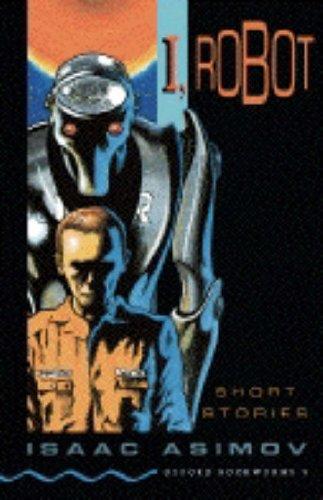95, pagine
Pubblicato il 08 Aprile 1993 da Oxford University Press.

95, pagine
Pubblicato il 08 Aprile 1993 da Oxford University Press.
I, Robot is a fixup novel of science fiction short stories or essays by American writer Isaac Asimov. The stories originally appeared in the American magazines Super Science Stories and Astounding Science Fiction between 1940 and 1950 and were then compiled into a book for stand-alone publication by Gnome Press in 1950, in an initial edition of 5,000 copies. The stories are woven together by a framing narrative in which the fictional Dr. Susan Calvin tells each story to a reporter (who serves as the narrator) in the 21st century. Although the stories can be read separately, they share a theme of the interaction of humans, robots, and morality, and when combined they tell a larger story of Asimov's fictional history of robotics.
Contains: "Introduction" (the initial portion of the framing story or linking text) "Robbie" (1940, 1950) "Runaround" (1942) "Reason" (1941) "Catch That Rabbit" (1944) "Liar!" (1941) …
I, Robot is a fixup novel of science fiction short stories or essays by American writer Isaac Asimov. The stories originally appeared in the American magazines Super Science Stories and Astounding Science Fiction between 1940 and 1950 and were then compiled into a book for stand-alone publication by Gnome Press in 1950, in an initial edition of 5,000 copies. The stories are woven together by a framing narrative in which the fictional Dr. Susan Calvin tells each story to a reporter (who serves as the narrator) in the 21st century. Although the stories can be read separately, they share a theme of the interaction of humans, robots, and morality, and when combined they tell a larger story of Asimov's fictional history of robotics.
Contains: "Introduction" (the initial portion of the framing story or linking text) "Robbie" (1940, 1950) "Runaround" (1942) "Reason" (1941) "Catch That Rabbit" (1944) "Liar!" (1941) "Little Lost Robot" (1947) "Escape!" (1945) "Evidence" (1946) "The Evitable Conflict" (1950)
